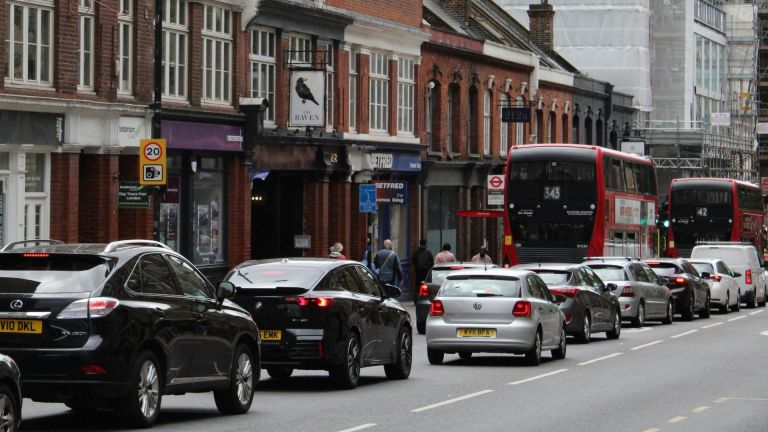While massive heatwaves are affecting southern Europe, China, the US and many other places, it’s rainy and not particularly warm in the UK. But that doesn’t mean there’s no risk of intense heat: on this exact week last year, the UK broke 40°C for the first time.
Even if countries were to deliver on their emission reduction pledges, set under the Paris agreement, the UN Environment Programme estimates that we will still see at least a 2.5°C rise in global temperature. For the UK, the new reality is that 40°C temperatures are possible and eventually will be commonplace, and the country must adapt urgently.
Adaptation means making changes to social, economic and ecological systems to reduce the impact of events like heatwaves. For example, creating green space in urban areas to provide a cooling effect that reduces the intensity of extreme heat. Yet although the government has just released a new proposal for preparing the UK, as researchers of climate change adaption plans we see too little being done.
Even before the Paris agreement required adaptation plans, the UK had already started to plan adaptation actions under the Climate Change Act 2008. On July 18, as required by law, the UK government released its third National Adaptation Plan (NAP3), following it being leaked a day early.
The government’s own official advisory body, the Climate Change Committee (CCC), was quick to criticise the plan. The chair of the CCC’s adaptation committee said the new publication represented progress on previous plans but “promising further action is not enough […] The scale of the climate impacts we are seeing make clear that resilience to climate change should be a much greater national priority”. These and other critics are right to highlight that too little is being done.
What risks has the UK identified?
Climate change projections indicate that the UK will experience hotter drier summers and warmer wetter winters. This will likely cause more flooding and more heatwaves. These projections have been used by the government to develop the climate change risk assessment, on which national adaptation plans are based. The NAP3 identifies eight priority areas for action, including the risk to health posed by extreme heat, the climate-related failure of power supply and collapse of supply chains.












